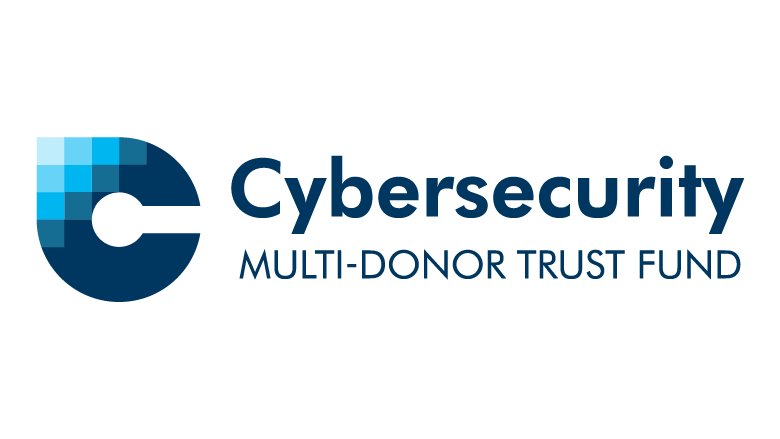The future of global security and prosperity rests on digital foundations. The challenge is to build a flourishing digital society that is resilient to cyber threats and equipped with knowledge and capabilities to maximize opportunities and manage risks. This is greatly important in low-and middle-income countries, which are currently investing heavily in digital infrastructure to rapidly advance their development ambitions.
The cybersecurity agenda in low-and middle-income countries is little explored, little understood and little documented. It includes new and old risks and is exacerbated through lack in capacity and expertise. Low- and middle-income countries operate a large array of systems, networks, and controllers in all areas of critical infrastructure, which have been designed prior to, or during the early years of the digital revolution. These systems across sectors such as energy, transport, finance, health, and others, are today highly vulnerable to cybersecurity attacks with possibly serious outcomes. In addition, last generation communication networks, cloud systems, IoT applications, and digital identification systems and are increasingly relied upon to drive the 4th Industrial Revolution forward. All these new technologies are connected by default and create new cyber-risks.
It is not easy to quantify the challenges. To give a rough idea, globally, from 2019–2023, approximately $5.2 trillion in global value will be at risk from cyberattacks. 10.5 million records are lost or stolen every month; 438,000 every hour, and a single large-scale attack can trigger $53 billion in economic losses. Amongst developing countries, Africa has been among the fastest-growing regions in terms of cybercrime activities, with the World Economic Forum declaring cybercrime as one of the greatest threats of 2019 in Africa. Losses from Nigeria and Kenya in 2019 are estimated at $650 million and $210 million respectively, and $3.5 billion in losses overall in Africa. Only 20% of African states currently have the basic legal frameworks in place for countering cybercrime – which will only rise as Africa’s e-commerce industry expects to reach $75 billion by 2025. Also, it is estimated that Africa has already since 2020 a shortage of 100,000 proficient cybersecurity personnel.
As digital connectivity has become a backbone to the functioning of states, economies, and societies, cybersecurity solutions must also become a priority in low- and middle-income countries. A partnership approach to assist low- and middle-income countries can help improve these countries’ awareness about risks, identify their cybersecurity needs, deliver technical solutions, prepare for necessary infrastructure investments, and help build trust relationships.

